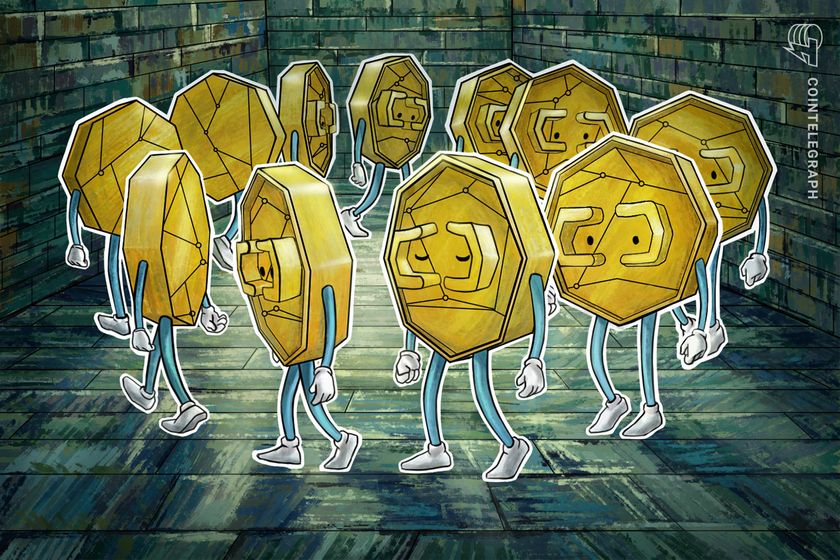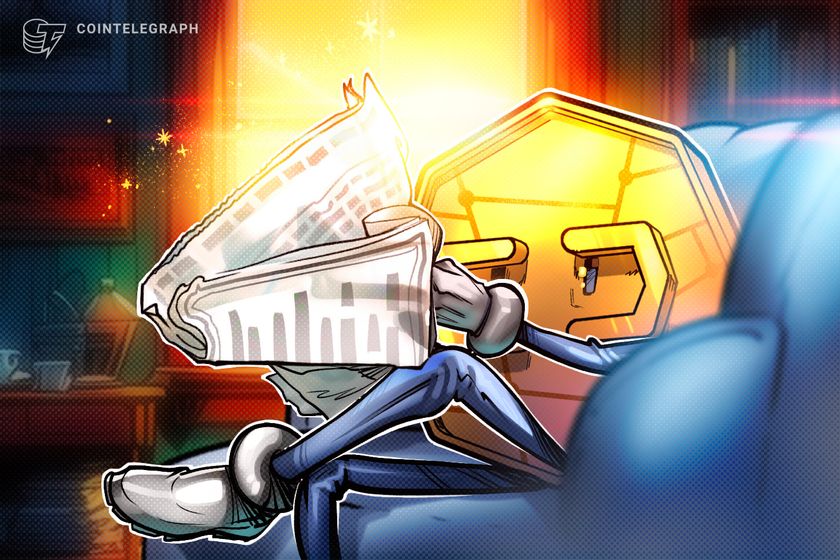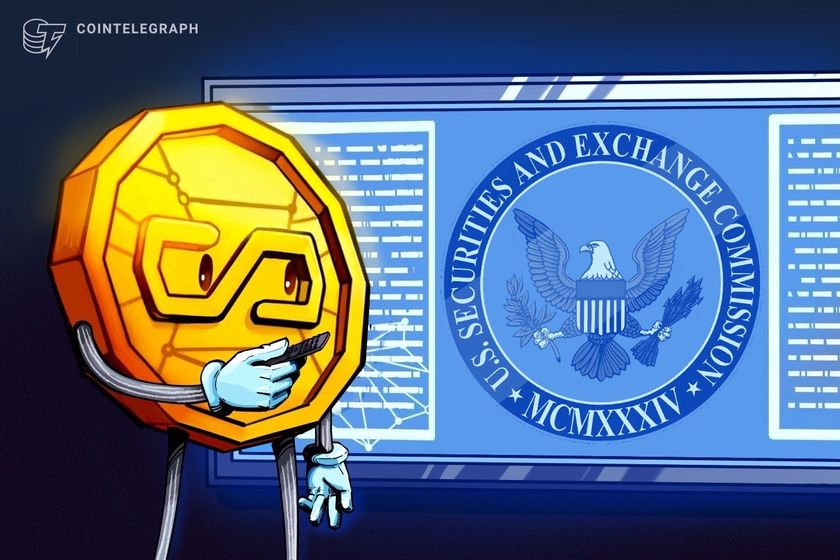These digital assets offer unique opportunities for individuals to participate in decentralized virtual worlds, earning and transacting in ways never before possible. The Metaverse encompasses a vast range of virtual spaces, environments, and ecosystems, from gaming and social interaction to real estate and digital art. Within this rapidly growing sector, Metaverse cryptocurrencies are enabling a new digital economy, with tokens playing pivotal roles in how users interact, trade, and build within these virtual realms.
Metaverse cryptos have exploded in popularity, providing a diverse array of use cases. These cryptocurrencies power virtual economies, govern digital platforms, and provide users with true ownership of digital assets. As these technologies mature, the underlying cryptocurrencies have become essential in fueling the progression of the Metaverse. While the potential for growth is immense, it is important to evaluate which tokens are best positioned to play significant roles in the Metaverse’s development. In this context, one of the projects gaining attention is EarthMeta. EarthMeta’s platform integrates the power of blockchain technology to create immersive, decentralized experiences within the Metaverse, connecting users to virtual assets and communities. Its use of the $EMT token demonstrates how a well-constructed ecosystem can pave the way for the Metaverse’s future.
List of Top Metaverse Crypto to Buy Now in January 2025 : 1. EarthMetaEarthMeta is an innovative Metaverse platform that combines blockchain technology with immersive virtual spaces, offering users a decentralized and interactive space for creating, sharing, and owning digital assets. The project emphasizes true ownership by leveraging blockchain, enabling users to securely buy, sell, and trade virtual assets. At the core of its ecosystem is the $EMT token, a native cryptocurrency that facilitates seamless transactions and interactions within the platform. With a strong focus on integrating blockchain into the Metaverse, EarthMeta aims to redefine how users experience and benefit from virtual environments.
One of the standout features of EarthMeta is its commitment to community-driven experiences. Users can actively contribute to the platform by creating content, sharing innovative ideas, and collaborating on various projects, fostering a dynamic and ever-evolving virtual world. By integrating advanced technologies like augmented reality (AR) and virtual reality (VR), EarthMeta delivers highly immersive and visually engaging environments. These technologies allow users to interact more deeply with the Metaverse, enhancing both entertainment and creative possibilities.
Beyond offering Metaverse Landscape and virtual real estate, EarthMeta is expanding its ecosystem to incorporate cutting-edge blockchain features such as decentralized finance (DeFi) and non-fungible tokens (NFTs). This diversification positions EarthMeta as a forward-thinking platform that adapts to the rapidly evolving Metaverse landscape. These new features not only enhance the functionality of the platform but also hold the potential to increase the value of the $EMT token as user demand and engagement grow.
The $EMT token plays a vital role in the EarthMeta ecosystem, powering transactions and enabling users to access the platform’s features. As EarthMeta continues to innovate and introduce new capabilities, the demand for $EMT is expected to rise, further boosting its value. Additionally, $EMT is now available on leading cryptocurrency exchanges such as XT, Uniswap, and BitMart, making it accessible to a wide range of users and investors.
EarthMeta represents a groundbreaking convergence of blockchain and the Metaverse, offering an accessible and valuable platform for users worldwide. By integrating advanced AR and VR technologies, fostering community-driven development, and expanding its ecosystem with DeFi and NFTs, EarthMeta is paving the way for a new era of digital ownership and interaction. With its innovative features and growing market presence, EarthMeta and its $EMT token stand out as key players in the future of the Metaverse.
2. XYO Network (XYO)XYO is a Decentralized Physical Infrastructure Network (DePIN) that integrates consumer software, developer tools, a decentralized network, and digital assets. At its core, XYO aims to facilitate and incentivize the aggregation, validation, and use of decentralized data. By utilizing the XYO token, the ecosystem ensures that individual and organizational participants maintain control over their data, often referred to as data sovereignty. Users are rewarded with XYO tokens for providing and using their data, which is stored on an immutable, tamper-resistant blockchain. This data can then be applied in various sectors, including AI modeling, metaverse applications, and data analytics.
The functionality of XYO revolves around incentivizing users to submit and collect data. As users participate in the ecosystem, they can accumulate digital assets like the XYO token and access valuable services provided by XYO. The data submitted by users is anonymous and permanently stored within the decentralized network, ensuring privacy and security. Users can choose to opt-out of submitting data at any time, maintaining full control over their participation. XYO and third-party developers can then access the data using a suite of tools, including SDKs, APIs, and comprehensive documentation. Data transactions are processed in XYO tokens, creating a self-sustaining economic cycle that drives the platform’s growth.
Through this system, XYO enables a new paradigm for data usage by prioritizing decentralization and privacy, allowing users to benefit from the value their data generates. By tapping into decentralized networks for various applications, XYO aims to revolutionize how data is handled, ensuring that both users and developers can engage in a mutually beneficial, secure, and privacy-conscious manner.
3. Ontology (ONT)Ontology is a blockchain project aimed at bringing trust, privacy, and security to Web3 through decentralized identity and data solutions. By offering infrastructure for trusted access, Ontology ensures that both individuals and enterprises can operate within Web3 with confidence, knowing that privacy and regulatory compliance are prioritized. The Ontology blockchain is designed to be high-speed and low-cost, making it ideal for developing decentralized identity and data solutions that increase privacy, transparency, and trust. Through its Ethereum Virtual Machine (EVM), Ontology ensures compatibility with Ethereum, marking the first step toward creating the Ontology Multi-Virtual Machine, which will further enhance the blockchain’s interoperability.
Founded by Li Jun in November 2017, Ontology initially forwent the traditional ICO model and instead distributed its ONT cryptocurrency through community distributions and airdrops. This strategy helped to foster organic price discovery and build a strong, passionate community while avoiding the regulatory scrutiny often associated with ICOs. Ontology’s decision to provide free ONT tokens, such as the 1,000 ONT airdrop for those who signed up for the newsletter, helped the project quickly gain traction. The Ontology MainNet launched in June 2018 and has operated smoothly since then, supporting the growth of a decentralized, trust-based Web3 infrastructure.
Ontology’s uniqueness lies in its ability to provide customized blockchain solutions for businesses. It offers a range of virtual machines (EVM, NeoVM, and WasmVM), enabling developers to build on the platform while ensuring cross-chain compatibility. Additionally, Ontology’s ONTO Wallet gives users seamless access to Web3, while ONT ID allows individuals to retain control over their identity and data. Features like ONT Login simplify the user experience, allowing for easier registration and password management. With these tools, Ontology is well-positioned to be a leading force in creating a decentralized, secure, and user-friendly Web3 ecosystem.
4. Illuvium (ILV)Illuvium is an open-world fantasy battle game built on the Ethereum blockchain, widely regarded as the first AAA game on Ethereum. Aimed at both casual gamers and DeFi enthusiasts, Illuvium offers a unique mix of collecting, trading, and battling through its immersive gameplay. The game features Illuvials, mystical creatures that players can capture after defeating them in battle. These creatures become loyal companions, forming an essential part of the player’s collection, which can be used in future battles. The game combines open-world exploration with PvP battle mechanics, providing players with the option to explore vast landscapes or strategize and build powerful teams of Illuvials.
In development since 2020, Illuvium is being created by a global team of over 40 individuals, co-founded by brothers Kieran Warwick, a serial entrepreneur and early adopter of cryptocurrency, and Aaron Warwick, an experienced game designer. The Warwick brothers, who are also the siblings of Kain Warwick, the co-founder of the DeFi platform Synthetix, bring a wealth of knowledge and experience to the project. The game’s combination of engaging fantasy elements and blockchain technology is designed to appeal to a broad audience, including traditional gamers and blockchain enthusiasts.
The ILV token is central to Illuvium’s ecosystem. It serves as the primary reward token for in-game achievements, entitles players to a share of the Illuvium Vault, and plays a role in the governance of the game through the Illuvium DAO (Decentralized Autonomous Organization). By participating in the governance process, players have a say in the future direction of the game. This integration of DeFi mechanics with traditional gaming creates a unique play-to-earn model, giving players not only the enjoyment of exploration and battle but also the potential for real-world value within the Illuvium universe.
5. Treasure (MAGIC)Treasure is a decentralized gaming platform founded in 2021, designed to be the foundation for the next generation of games, driven by its native token $MAGIC. Built on the ZK Stack by ZKsync, a Layer 2 scaling solution for Ethereum, Treasure serves as a gaming network and blockchain that powers multiple games. With over 10 titles hosted on the platform, such as The Beacon, Wanderers, and Zeeverse, Treasure creates an immersive ecosystem for gamers. The $MAGIC token, launched in September 2021, enables the purchase and sale of in-game NFTs and acts as the reserve currency within Treasure’s Metaverse.
Treasure was founded by John Patten and Karel Vuong, with the platform being operated by a decentralized autonomous organization (DAO) comprising over 30 core contributors. This team includes a mix of developers, product managers, economists, marketers, artists, and passionate gamers. The decentralized nature of the organization ensures that the platform remains community-driven, with decision-making shared among its contributors. Through this model, Treasure empowers its users to participate actively in the platform’s growth and development, making it a collaborative effort in the gaming space.
The MAGIC token plays a central role in Treasure’s ecosystem. It functions as a utility token that bridges the various games, communities, and experiences within the platform. MAGIC is used as the unit of account on Treasure’s NFT marketplace, as a staking token for the data availability layer on the Infinity Chains blockchain, and as the governance token for voting on protocol upgrades. It also acts as a cross-game currency, connecting players across different metaverses and gaming communities. With a design to become increasingly scarce, MAGIC enhances the value and utility of Treasure’s ecosystem, allowing players to engage in activities such as staking, governing, and supporting new projects within the community.
ConclusionIn summary, the Metaverse continues to evolve as a space where digital economies and immersive experiences intersect. The cryptocurrencies powering this dynamic space, such as EarthMeta, XYO, Ontology, Illuvium, and Treasure, are at the forefront of shaping the virtual worlds of tomorrow. By integrating blockchain technology with virtual reality, gaming, and decentralized applications, these projects are creating new opportunities for users to interact, create, and transact within the Metaverse. As the industry grows, these Metaverse cryptos are laying the foundation for the future of digital engagement.
Which coin is best for the Metaverse?EarthMeta’s $EMT token stands out as one of the best coins for the Metaverse due to its comprehensive utility within a decentralized virtual ecosystem. It powers transactions, facilitates governance, and enables stacking within the EarthMeta platform. Additionally, its integration with advanced technologies such as augmented reality (AR) and NFTs enhances its usability, making it a versatile choice for users engaging with virtual worlds. The token’s availability on major exchanges like XT, Uniswap, and BitMart also ensures easy accessibility for investors and participants.
What is the most promising Metaverse Cryptocurrency project?EarthMeta is among the most promising Metaverse projects due to its innovative combination of blockchain technology, AR integration, and community-driven development. The platform allows users to own, trade, and develop virtual cities while participating in governance through its $EMT token. Its decentralized approach and focus on immersive user experiences set it apart in the growing Metaverse market. With a robust roadmap and commitment to innovation, EarthMeta is positioned to become a leader in the digital economy, making it a highly promising project in this space.
This article is sponsored content. All information is provided by the sponsor and Brave New Coin (BNC) does not endorse or assume responsibility for the content presented, which is not part of BNC’s editorial. Investing in crypto assets involves significant risk, including the potential loss of principal, and readers are strongly encouraged to conduct their own due diligence before engaging with any company or product mentioned. Brave New Coin disclaims any liability for any damages or losses arising from reliance on the content provided in this article.
















